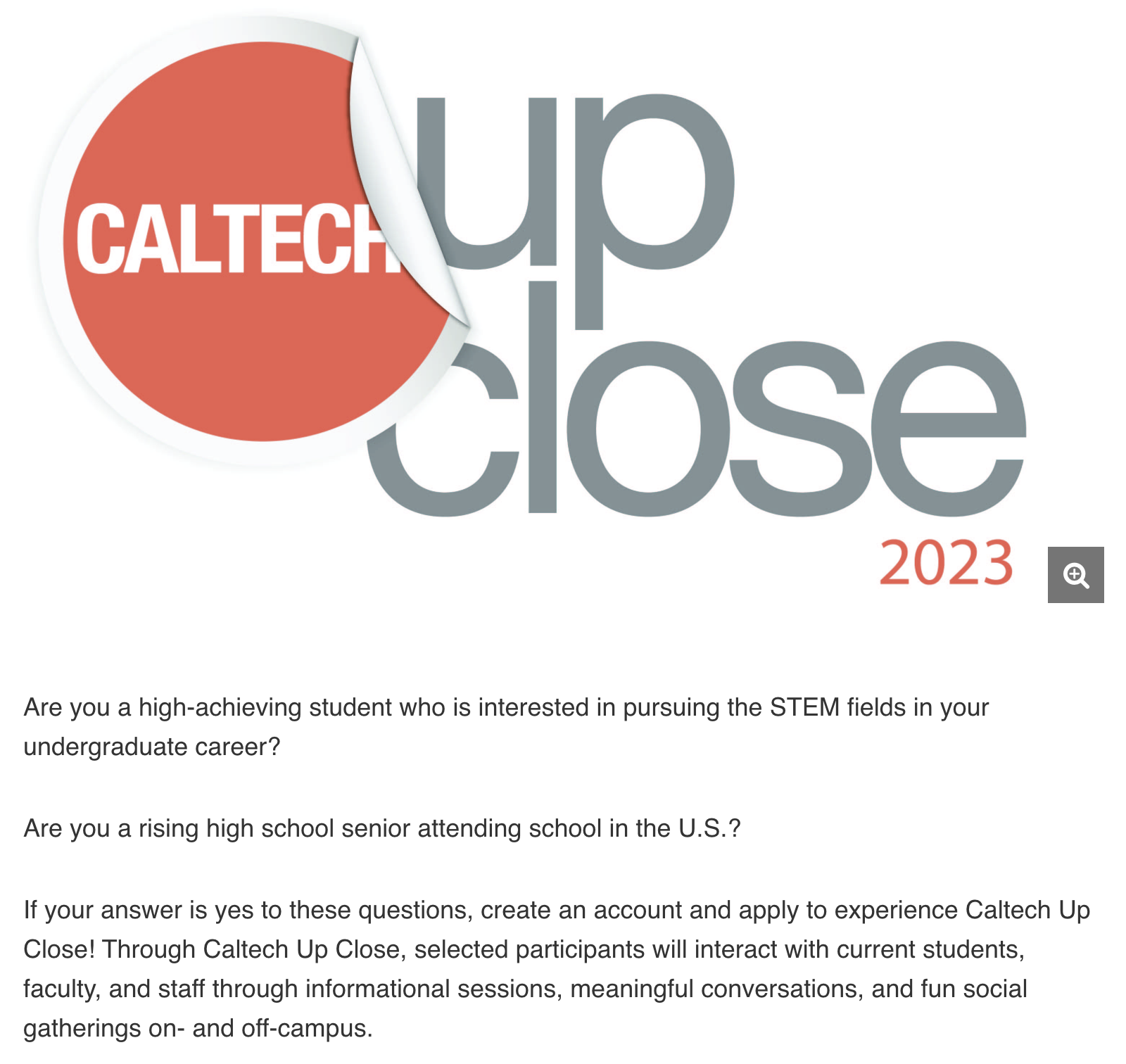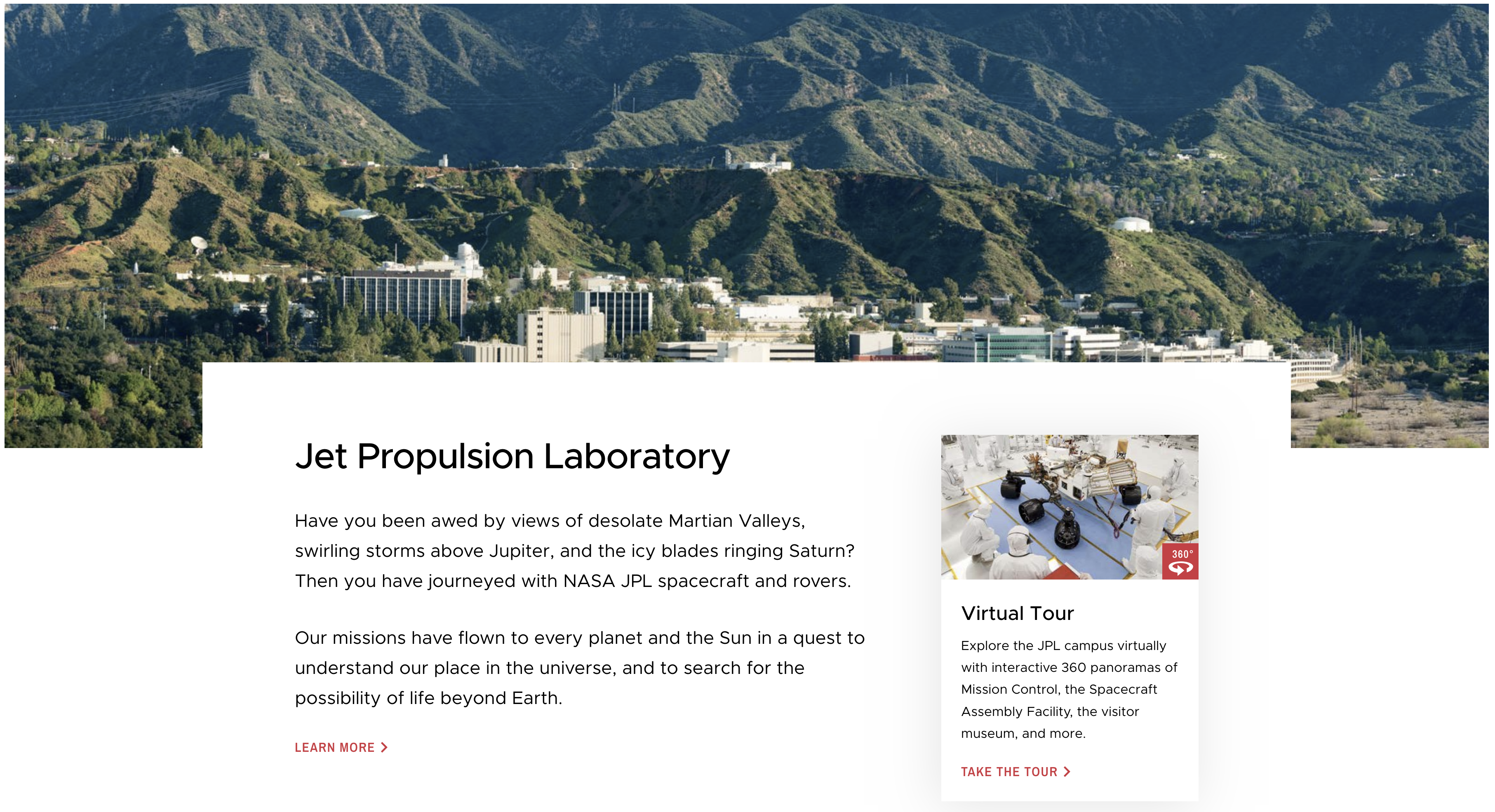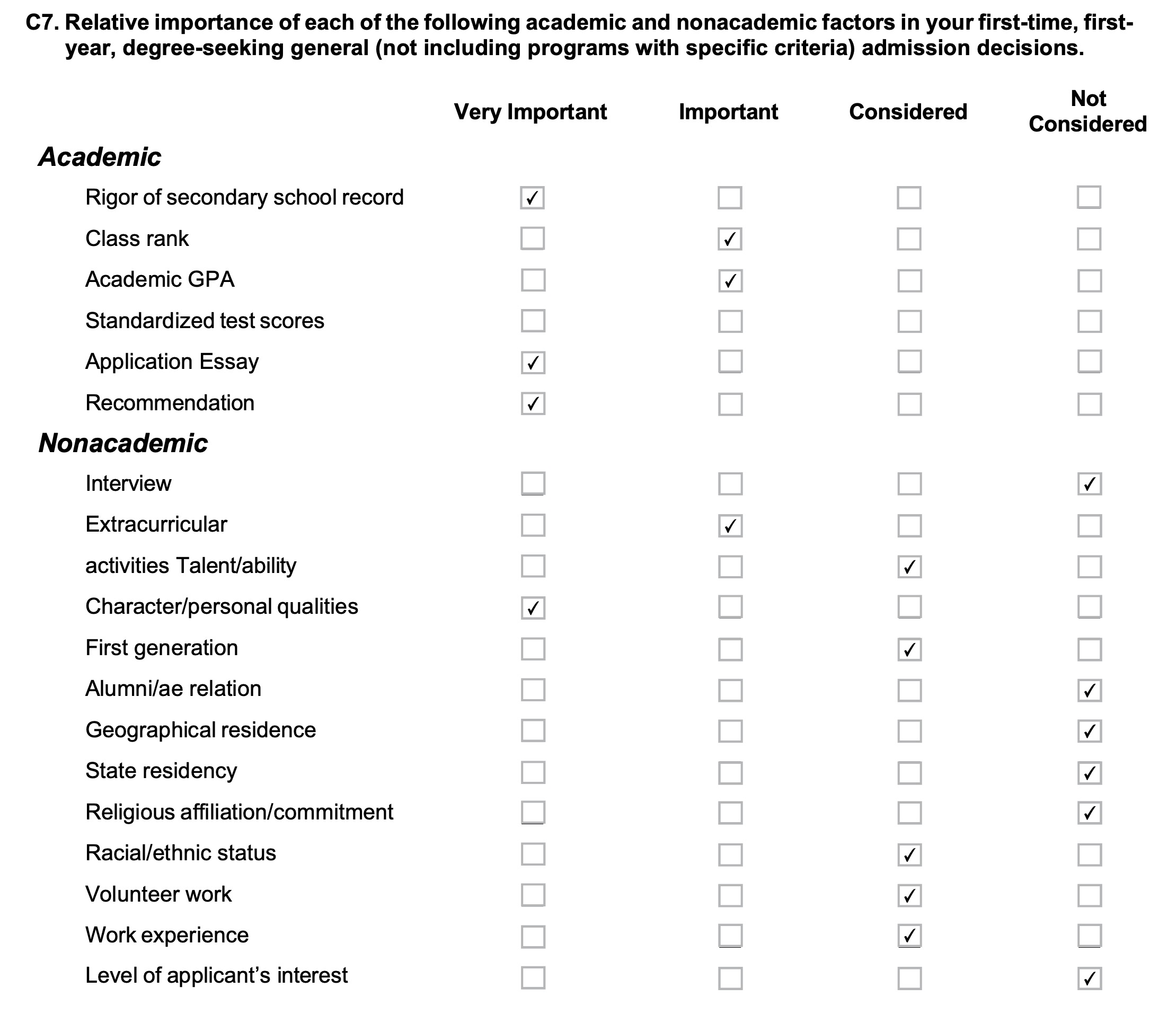My Caltech Fly-in Experience…
— Tuyen Nguyen, St. Petersburg High School IB Program (St. Petersburg, FL)
 Caltech Up Close
Caltech Up Close
Through my participation in the College Planning Cohort Program, I was guided in applying to 3 fly-in programs (Penn PEEP, Dartmouth Bound, and Caltech Up Close). Caltech was the last of the 3 fly-in programs and the fly-in that I enjoyed most because we were put into groups with the admissions officer(s) assigned to our region and we were able to talk to them and ask lots of questions. Caltech is also a beautiful campus and the program provided a lot of freedom to explore the campus and the community. In the program, I roomed with a “host,” (i.e., Caltech student). Caltech offers eight houses (i.e., dormitories) to live in, and in my case, I stayed with my host in Page House. Through my nights there, I was able to experience the different personalities of each house and I was able to talk to current students in the common room and explore other houses.
Day by Day Schedule
Before my trip, I was provided the name and contact information of my host, to whom I was able to reach out. My host was a first-year and was from China. We had shared interest in the UPenn M&T Program. While she was not offered admission to the UPenn program, she was offered admission to Caltech. My host had a roommate who also hosted a Caltech Up Close participant from Illinois. So during my visit, there were 4 of us in the room.
Following is the daily schedule for my three-day visit, with my departure from California and returning to Florida on the 4th day.
Day 1
On the first day, my plane landed at LAX in the afternoon and I was driven in a private car to the Caltech campus. When I arrived, I was greeted by admissions officers who helped me with my luggage, gave me my information, and presented me with a Caltech goody bag. The bag contained a pencil sharpener, a pencil, a notepad, my departure bus information, a shirt, a water bottle, and a brain-shaped stress ball. I was also greeted by student volunteers, who were friendly and I was able to talk to them about their majors and interests. After our initial reception, we walked to the B122 Gates Annex, which is the food court. Their food court is relatively small compared to other schools, because they don’t have as nearly as many students as a larger university. The typical class is around 200 students, while the entire undergraduate population is only 1,000 undergraduates. Caltech has an additional 1,400 graduate students, which overall, is a smaller student body than many 4 AAAA high schools. At the Gates Annex, I connected with other Caltech Up Close participants and after we ate, we explored the entire campus. The campus was quiet and peaceful. The whole vibe is not that crowded and more of a low key vibe. One interesting feature of Caltech is its turtle pond. They have ponds in a part of campus and there are so many turtles that bask within the pond. The campus overall is clean and spacious. While I was there, I was able to see current students going to class, but it was not so overwhelmingly crowded. A lot of people tend to hang out in the area near the Gates Annex to eat and socialize. There is also another eating place nearby called the RedDoor and a lot of people socialize there.
Later on, we met in Bechman Mall, which is a place in the Caltech campus, to break up into our groups and meet each other. The groups were divided by region and I felt that the small groups allowed us to bond with other Up Close participants from our region. I met all the 3 other high school students from Florida and we were an inseparable group throughout our time at Caltech. Overall, each region had a similar amount of students. The student group included a wide variety of people and I wouldn’t say that the officers were looking for a particular group other than students that showed an interest in STEM. After that, there was a student-led tour, where we were able to see the campus and ask questions. After the tour, we gathered to meet our hosts and go to the admissions house to grab our luggage and a sleeping bag that they provided. I had another CUCer with me so this was another opportunity for us to create connections. We had dinner in Bectel Dining Hall and sat for a session called “Caltech Up Front: Honest Breakdown of Caltech” at the Gates Annex. Afterward, the admissions officers surprised us with boba (which is a bubble tea). Throughout the trip, it was evident that the school had spent a lot of time, energy, and money on us CUCers. Clearly, fly-in programs are exceptional all-expenses paid opportunities to visit and get to know schools. The airfare and other travel-related expenses to bring students from our region to Florida alone would have amounted to a significant amount of money.
The facilities in Page House were shared showers and bathrooms on each floor separated by gender. The house was quite large. There were two stories and it was very spacious. The houses are almost like a maze in a way because there’s lots of hallways and different rooms and stairs. The dorm was normal-sized, around 6-8 feet wide and 15 feet in length. The dorm room sizes varied by houses and dorm rooms. Other dorm rooms I visited were larger. I don’t know exactly how many rooms and students, but there were an indoor and outdoor common area and kitchens on each floor. One thing that stood out was the attention that the Caltech organizers gave to details. They collected a form from each participant of our room preferences and our career/academic interests. They used the information that we provided to match us to our host student. My host had similar experiences and interests which allowed me to talk to her and ask a lot of questions about the things that were important to me in making my college choice. She was interested in STEM and business at the same time and was interested in Penn’s M&T program. To me, this meant that Caltech was doing more than simply bringing us to campus, but was intentional in cultivating a set of experiences that would help us to determine if Caltech was the right fit for us and the right campus community to begin our journey after high school. This concludes my first night since I slept early because I was exhausted from the day’s activities.
Day 2
On the second day, we woke up early and had breakfast at Bechtel Hall. In the first part of the day, we sat for informational seminars. Throughout the entire experience, our admissions officers were with us and were available to talk to us. Following breakfast, the formal session began with a keynote address by Dr. Hosea Nelson, a professor and chemist, who shared his inspiring story. He was a high school dropout and worked a construction job. However, he went back to school, where he eventually received a Ph.D. in chemistry. He landed a teaching job at Caltech and turned down two job offers to work at Tesla because he loved chemistry and pursuing research instead. We learned about the CORE at Caltech. The CORE at Caltech is a core curriculum that allows students to have an equal playing field. It has required classes that all students must take and includes humanities classes along with a strong blend of STEM classes. During your first year at Caltech, all classes are pass/fail. We also had a student panel where they discussed their personal experiences with research and internships. We were able to explore their research in a fair. The morning concluded with lunch and then we traveled to Santa Monica Beach by buses for fun in the sun. On the beach, I explored the water and played volleyball and was able to ask a lot more questions from my admissions officer and get to know more about my fellow Floridians. We concluded the day with a fancy dinner on the beach and then went back to campus. The dinner was on a balcony overlooking the beach where we were served tacos along with drinks like horchata (Mexican-style horchata is the most commonly known variety in the US. However, horchata actually originated in Spain, and there are various types of horchatas throughout the Spanish-speaking world). I made friends with a student from another house, Fleming, so I was able to explore a new house and spent the balance of the evening walking around the campus. Fleming’s house is a lot different from Page because its hallways are made out of stone and looks older than Page House. In contrast, Page looks like an air-conditioned facility. Flemings looked like a maze and was practically a maze with different stairways and houses. I think there are three stories with one story being underground. There is a library in Flemming along with a laundry room. The dorms are really nice and spacious and it’s like stepping into another world.

Day 3
On the third day we explored NASA’s infamous Jet Propulsion Lab. This was a very early morning, but a highlight of the trip. Since the JPL is an extension of Caltech, lots of students are able to receive internships at the lab. It is approximately 10 minutes away from campus. We explored different places and learned about the different technologies used in JPL. We also had the opportunity to look at the white room, which is a massive sterile room used to build rockets, and the control room of the launching of the rockets. After JPL, we returned to campus to attend mock lectures. I had a mock lecture with Professor Antonio Rangel on Bayesian Statistics. Overall, the lecture was interactive and we were able to ask lots of questions. We collaborated with other students to solve math problems, which I feel is reflective of Caltech’s teaching philosophy. I only attended one lecture but there were three available. After that, we had lab tours and I explored the biology lab. I really liked this part of the visit as I was doing research in biology and saw a lot of connections between what I was currently doing in high school and the opportunities I would have at Caltech. Afterwards, we had some downtime that my friends and I used to explore the gym and rock climbing facilities. It was also really easy to talk to faculty members, and my friends talked to the coach about their sports and were able to attend a track practice. Afterwards, we had an admissions and financial aid session and closing remarks and downtime.
What We Learned About Admissions and Financial Aid
The session reinforced much of the guidance learned in the Cohort. Caltech emphasizes taking the most rigorous classes that are available to you. This not only means classes available at your high school, but through your school district, dual enrollment program, or through your state’s virtual school options. They are test blind because their research indicates that admitted students who submit test scores and those who do not submit test scores perform similarly academically. Consequently, during the Caltech admissions review process, instead of test scores, they look for: creativity, curiosity in STEM, resilience, a collaborative spirit, and an outlet (something else that you do when you are stressed). These traits come from Caltech’s rigorous academics and the admissions formula that they use has been developed by identifying the type of students who thrive at Caltech. They are looking for students who not only are interested in STEM, but are also resilient enough in their approach to their academics to handle the curriculum. In my opinion, one of the best things about Caltech is their Honor Code. This allows students to take-home tests and engage in collaboration, even on homework, as a means of achieving shared academic growth—the exact type of collaboration that would be expected in the workplace after entering your post-college career. An important tip that the admissions officer shared is not to write about how you struggled in STEM classes or that you do not like STEM. Instead, if you struggled with STEM classes, you should focus on how you overcame any challenges or obstacles. Caltech also accepts extended portfolios such as for research, visual arts, performance arts, etc., to submit as supplements to your application.
Since less than 50% of applicants submit research, having a research portfolio could provide you with a competitive edge. They also require two letters of recommendation, The first LOR must be from a math or science teacher who can provide insight into your math or science skills. The second LOR must be from a humanities teacher where you engaged in intensive writing. This teacher should speak strongly about your writing skills. They also allow one optional teacher recommendation. Last year, there were 103 CUCers, 89 of whom eventually applied for admission to Caltech. 47 (52.8%) of the CUCers who applied were admitted. In my group this year, there were around 200 CUCers. Caltech expects to offer admission to about 50 of the CUCers who apply, so the admissions rate of CUCers will likely be lower.
The college research activity in the cohort curriculum providing guidance in researching a school’s Common Data Set (see below) was consistent with what we were learning from admissions officers. However, there were that we learned from admissions officers as a result of the fly-in experience were:
While the CDS indicates that Academic GPA is “Important,” the admissions officers stressed that grades in STEM classes are “Very Important.” They also provided insight into some of the big reasons that Caltech rejects applicants: low grades, lack of effort (as revealed either in the transcript or through recommendations), making false statements on their application, or simply having no more available space in their freshman class. In 2023, of the 16,626 students who applied to Caltech, only 672 were offered admission. 167 students were placed on the waitlist and 15 were eventually admitted from the waitlist. My biggest takeaway from listening to the admissions officers was to show that you can not only change the world but that you are committed to making the sacrifices required to do so, because attending Caltech requires lots of sacrifices. In their admissions process, they are looking for students who demonstrated (through their essays, recommendations, transcript, leadership, and service) a “never enough” mentality.

— I’m Tuyen Nguyen, a member of the Pinellas County School Cohort in St. Petersburg, Florida